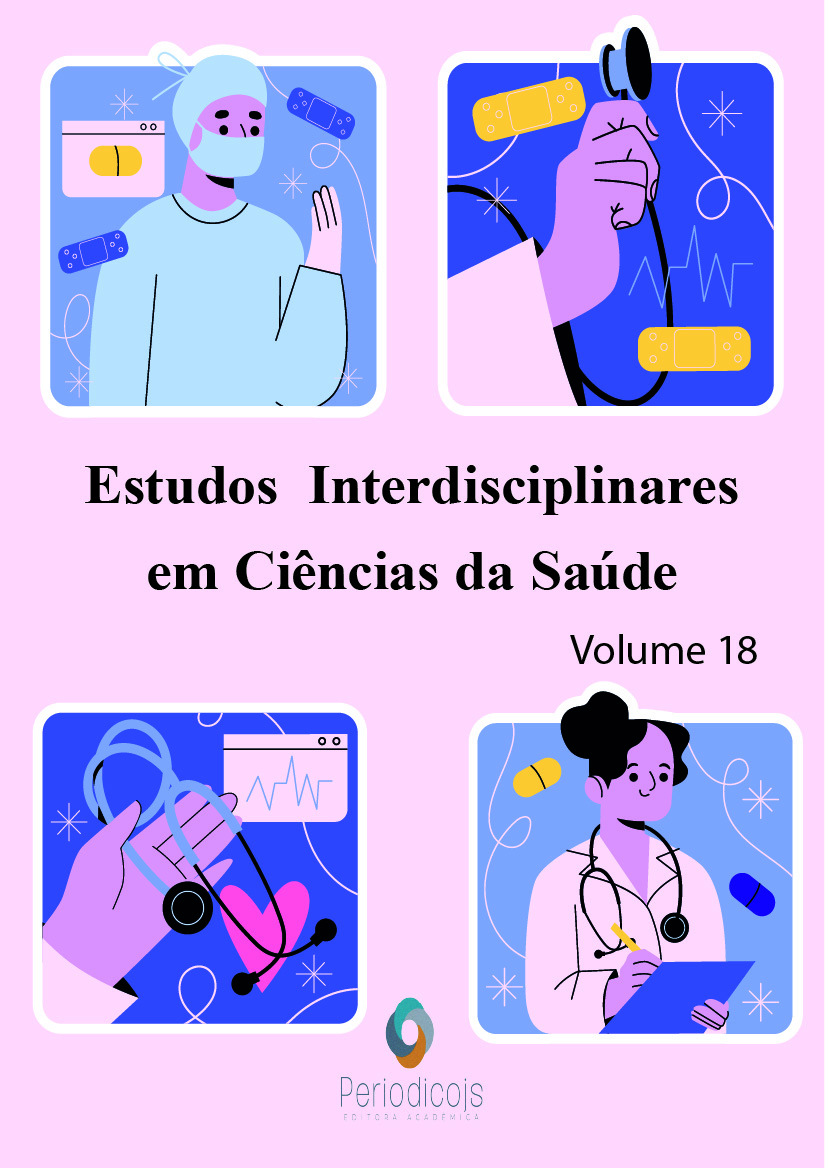Abstract
The management of acute postoperative pain in pediatric patients is a major clinical challenge that requires a careful and individualized approach. Pain that is not adequately treated can result in complications and negatively impact on the child’s recovery and well-being. It is therefore essential that healthcare teams adopt best practices in pain management in this context. This study aims to review best practices in the management of acute postoperative pain in pediatric patients, considering the latest evidence and available clinical guidelines. This is an exploratory bibliographic review using qualitative assumptions, using the PubMed, Scopus, Web of Science, SciELO and Revista Latino-Americana de Enfermagem databases, with a time frame between 2003 and 2024. In addition, the health descriptors “acute pain in pediatric patients”, “pain management in postoperative pediatric patients”, “analgesia” and “postoperative pain” were used. The management of acute postoperative pain in paediatric patients should be individualized and based on a careful assessment of the intensity of the pain, the type of surgical procedure performed, the patient’s clinical conditions and other relevant factors. Therapeutic options include non-opioid analgesics, opioids, regional analgesia techniques and analgesic adjuvants, such as local anesthetics and non-steroidal anti-inflammatory drugs (NSAIDs). In addition to pharmacological treatment, other approaches, such as cognitive-behavioral therapy, physical therapy and occupational therapy, can be useful in the management of acute postoperative pain in pediatric patients. Education of parents and caregivers also plays an important role, helping to ensure adherence to the treatment plan and early identification of signs of pain. The management of acute postoperative pain in pediatric patients requires a multidisciplinary and individualized approach that takes into account the specific characteristics of each patient. Best practices in pain management should be based on up-to-date evidence and clinical guidelines, with the aim of ensuring pain relief and promoting an adequate and safe recovery.
References
VINCENT CVH, DENYES MJ. Relieving children’s pain: nurses’ abilities and analgesic administration practices. J Pediatr Nurs 2004;19(1):40-50.
LELLAN KM. Postoperative pain: strategy for improving patient experiences. J Adv Nurs 2004;46(2):179-85.
BARBOSA SMM, GUINSBURG R. Dor de acordo com as faixas etárias pediátricas. In: Teixeira MJ, Braum JL Filho, Marquez JO, Yeng LT. Dor: contexto interdisciplinar. Curitiba (PR): Maio; 2003. p. 535-45.
HUTH MM, BROOME ME, GOOD M. Imagery reduces children’s post-operative pain. Pain 2004;110:439-48.
SBED-Sociedade Brasileira de Estudos da Dor [Internet]. 2016 [cited 2024 mar 09]. Available from: http://www.sbed.org.br
STÜBE M, CRUZ CT, BENETTI ERR, GOMES JS, STUMM EMF. Perceptions of nurses and pain management of cancer patients. Rev Min Enferm. 2015;19(3):696–703. doi: 10.5935/1415-2762.20150053
CECCIM RB, FERLA AA. Educação permanente em saúde [Internet]. 2024 [cited 2024 Mar 09]. Available from: http://www.sites.epsjv.fiocruz.br/ dicionario/verbetes/edupersau.html
LÜLLMANN H, MOHR K, HEIN L. Farmacologia. 7o. Porto Alegre: Artmed; 2017.
PALMEIRA CCA, ASHMAWI HA, POSSO IP. Sex and pain perception and analgesia. Rev Bras Anestesiol [Internet]. 2024 [cited 2024 Mar 09];61(6):814–28. Available from: http://www.sciencedirect.com/science/article/pii/S0034709411700915
BUSSOTTI EA, GUINSBURG R, PEDREIRA MLG. Cultural adaptation to Brazilian Portuguese of the Face, Legs, Activity, Cry, Consolability revised (FLACCr) scale of pain assessment. Rev Latino-Am Enfermagem. 2015;23(4):651–9. doi: 10.1590/0104-1169.0001.2600

